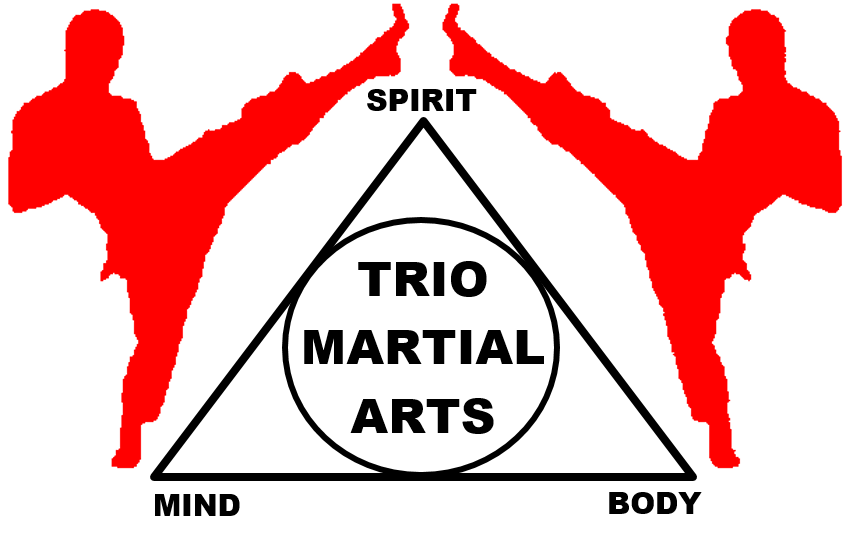|
Author: Bret Gordon After a rather long hiatus, I am happy to announce the return of the USAMA blog as a source of information relating to news, history, traditions and training methods of the martial arts. In this article, I'd like to address the very misunderstood customs surrounding titles, specifically those used in Japanese martial arts.  Otsuka Ryunosuke (right), Soke of Hokushin Itto Ryu Otsuka Ryunosuke (right), Soke of Hokushin Itto Ryu The first title I'd like to address is that of Soke... There is a lot of misinformation about the title of Soke 宗家 in the martial arts. First and foremost, it does not mean the founder of the style so let's just get that out of the way...But more recently there has been the misunderstanding that Soke is not a martial arts title at all, that it's purely a legal position connected to one's koseki (family registry). While this is one use of the title, there is documented usage of it in the martial arts among both Koryu (pre-1868) and Gendai (modern) systems to designate the lineage holder of the art. Just off the top of my head, Japanese arts that specifically use the title of Soke (or Soke Dairi if there is no current headmaster) are: Mugai Ryu, Hokushin Itto Ryu, Toda-Ha Buko Ryu, Daito Ryu, Hakko Ryu, Koden Enshin Ryu, Hyoho Niten Ichi Ryu, Yagyu Shingan Ryu, Shidare Yanagi Ryu, Tendo Ryu, Kurama Ryu.... I could go on but I believe I've made my point. There is enough precedent in the Japanese martial arts community to warrant the use of Soke to designate the inheriting headmaster of a system. We can further argue as to whether or not is it appropriate for arts outside of Japan to use the title, but still the historical precedent is set. To quote an article on Koryu.com from William Bodiford: "Used in reference to present-day representatives of traditional martial art lineages, therefore, the soke label properly denotes their roles as successors to and preservers of a particular historical and cultural legacy. It should not be interpreted as implying identification with a commercial network (as criticized by Osano) nor as being equivalent to 'grandmaster' or 'founder' (as mistakenly assumed by casual observers), and might best be translated simply as 'head' or 'headmaster.'" Even more concrete evidence is the following screenshot from the website of the International Martial Arts Federation (Kokusai Budoin), an official organization overseen by the Japanese government: The full page from the IMAF website can be found here. Now that we've established that Soke is the correct title for the inheriting headmaster of a system, let's explore the other Japanese shogo titles. Every organization and ryuha sets their own requirements for the issue of titles, which are separate from the kyu/dan system and never automatically awarded, yet for the purpose of this article let's again refer to the Kokusai Budoin's requirements: Why am I using the Kokusai Budoin as the standard? There is a growing trend in the martial arts community of Western instructors living overseas in Okinawa and Japan, passing information back to their students and representatives here and making definitive statements on "this is how it's done here," when the more accurate statement should be "this is how it's done within our organization here." These are also the same instructors toting the importance of government recognition, so why not go directly to the source?  Horikawa Kodo, Meijin Horikawa Kodo, Meijin Of course, there is a difference between Okinawan and Japanese traditions, and I am willing to concede that just because this is the government standard in Japan does not make it so on Okinawa. However, that also means those promoting Okinawan standards need to concede that their way is not the only way either. As I said, every organization and system has their own requirements for the issuance of rank, titles, and licenses... Another thing I'd like to point out is that at the end of the description of the first three titles above (Renshi, Kyoshi, Hanshi) is where it says "similar to the title" before listing an academic degree. This has often been misinterpreted by those same instructors as such degree is required to obtain these titles, when clearly that's not what is written in the official policy. It simply states that being awarded such title would be similar in stature. Now, while it can be argued that they are the most legitimate and universal, the Kokusai Budoin is not the only source of shogo titles in Japan. Individual ryuha and non-government recognized organizations can and do issue them as well, yet just like kyu/dan rank they are generally only valid within that particular group. Shihan, for example, is one title that seems to be all over the place ranging from simply the head of a dojo regardless of rank, up to and including the single most senior instructor of an organization (such as in Shodokan Aikido). My shihan title, for example, comes from the All Japan Budo Association, where an instructor must hold a minimum of 6th Dan to be eligible. More information on the AJBA can be found here. Unfortunately, as I said, the number of Western instructors moving to Japan and Okinawa to further their studies has directly led to a paradigm shift in the misunderstanding of titles used in the martial arts. Originally, you had people awarding titles with no idea what they truly meant to people generally unqualified to receive them. Now we've gone the other way with several individuals stating their way is the only way and everyone else is wrong. Both sides of the fence are mistaken. Just like everything else in the martial arts when it comes to "standards" and "regulations," nothing is concrete or universal... This article was originally published on the US Association of Martial Arts blog. To view the original article, please click here.
0 Comments
Your comment will be posted after it is approved.
Leave a Reply. |





